9 Easy Substitutes for Ginger Paste in Cooking
If you need ginger paste in a recipe, but don’t have any on hand, you’re in luck! There are many great options that can offer that same delicious flavor. Here are some substitutes for ginger paste including fresh ginger, ground ginger, candied ginger, galangal, lemongrass, turmeric, orange zest, or lemon zest.
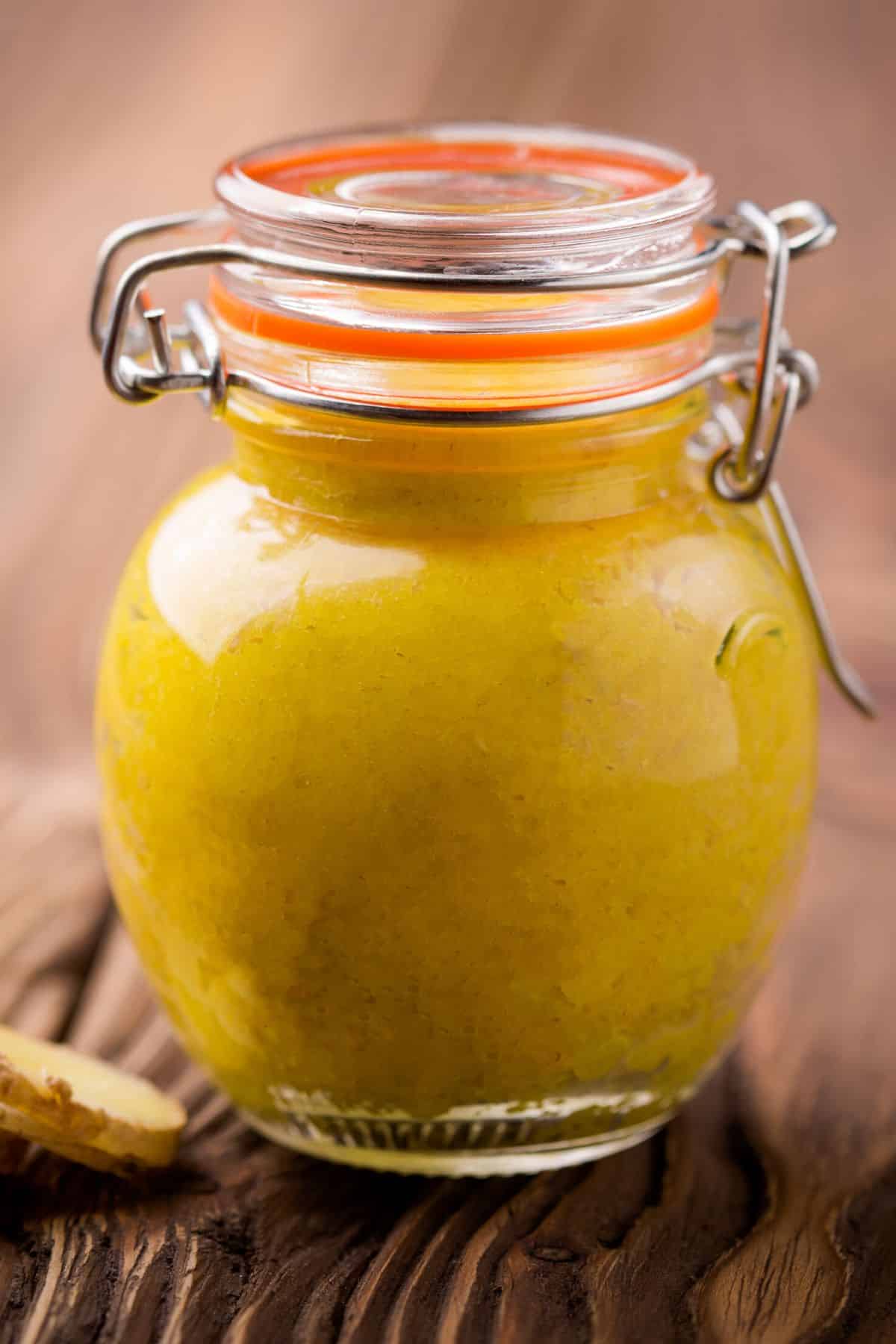
Ginger paste is a generic term for a smooth, thick mixture of ground ginger and other ingredients. It is used as a flavoring or seasoning in many cuisines including Indian recipes and Asian cuisine. Fresh ginger paste can also be used in sweet dishes.
The main use of ginger paste is as an ingredient in Indian cooking and it is used to make curries, masalas, and other dishes. It’s also an essential ingredient in many Asian dishes.
Ginger paste is made by blending fresh ginger with water and other spices, resulting in a thick, flavorful paste. While the exact taste of ginger paste varies depending on the recipe, the flavor is typically very spicy and slightly sweet.
Ginger also has lots of potential health benefits including supporting the immune system. It’s also used for nausea and motion sickness.
See my recipes for Ginger Lemon Shot, Carrot Ginger Soup, and Cucumber Ginger Lemon Water.
Substitutes for Ginger Paste
If you don’t have packaged or homemade ginger paste at home, here are some easy options to use as a ginger paste substitute.
For savory recipes, most of these options are a very good substitute with a similar taste.
1. Fresh ginger
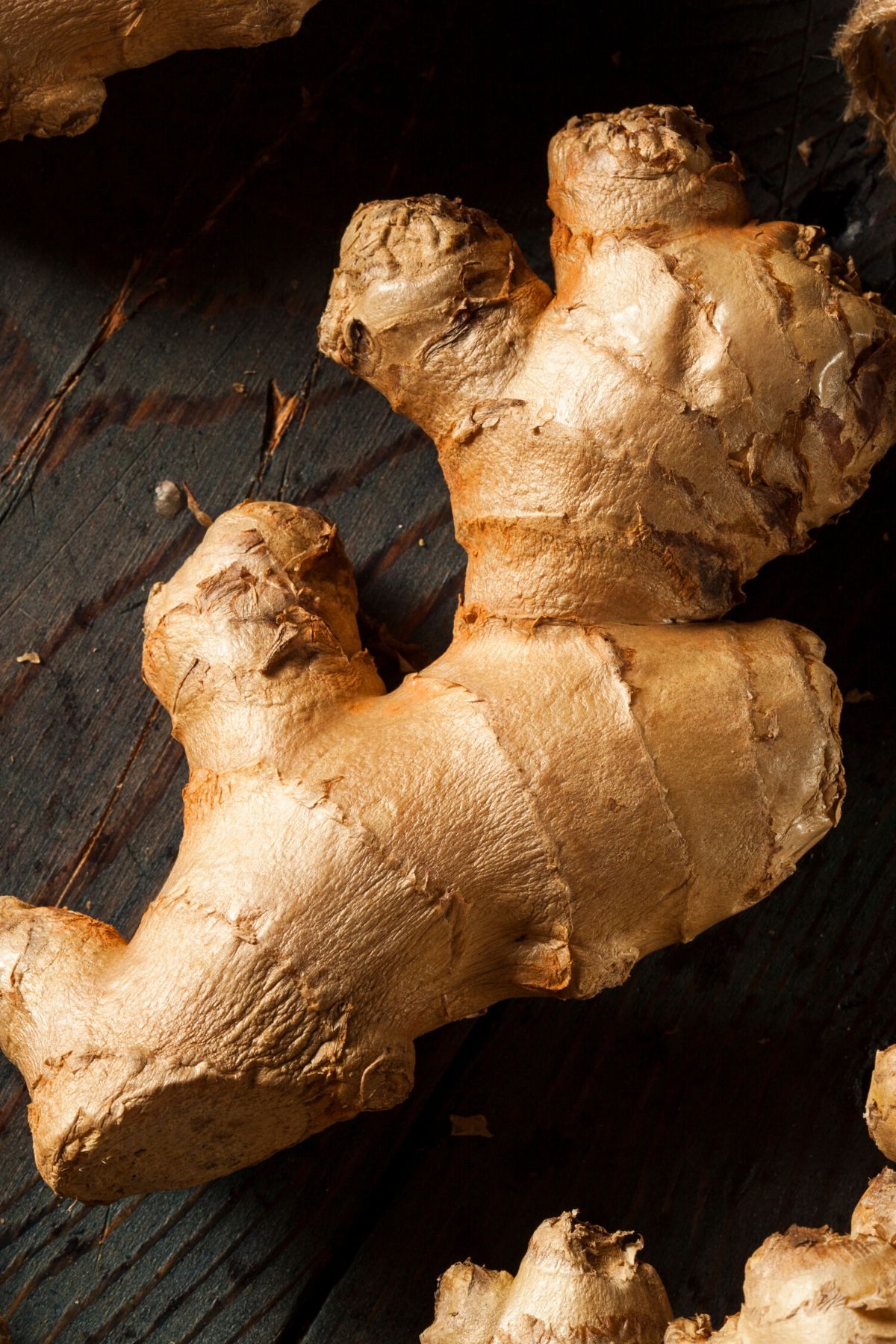
Fresh ginger is the root of an underground plant, and it can be easily grated, minced, or chopped into very small pieces. It’s an excellent substitute for ginger paste and it is easy to find in most grocery stores or Asian stores.
To substitute fresh ginger for ginger paste, you will need to mince or grate it before adding it to the recipe.
You can make your own homemade ginger puree using a food processor or high-speed blender. Just add a bit of water until you make a smooth paste. Store leftovers in ice cube trays or in a freezer-safe bag.
Fresh ginger has a more intense flavor than ginger paste, so you may want to reduce the amount used in order to avoid overpowering the other flavors in your dish. The taste is similar, but since fresh ginger has more of a kick, it will also be spicier than the paste.
To substitute one teaspoon of ginger paste, use 1/4 teaspoon of ground fresh ginger.
2. Ground ginger
Ground ginger (also called ginger powder) is made from dried, ground ginger root and it is a great substitute for ginger paste.
The flavor of ground ginger is less intense than fresh ginger or ginger paste, so you may want to increase the amount slightly when using it as a substitution. The taste will be similar with the same flavor profile, but not quite as spicy as the paste.
Still, it’s a great replacement and perfect substitute.
To substitute one teaspoon of ginger paste, use 1/4 teaspoon of dried ground ginger.
3. Ginger juice
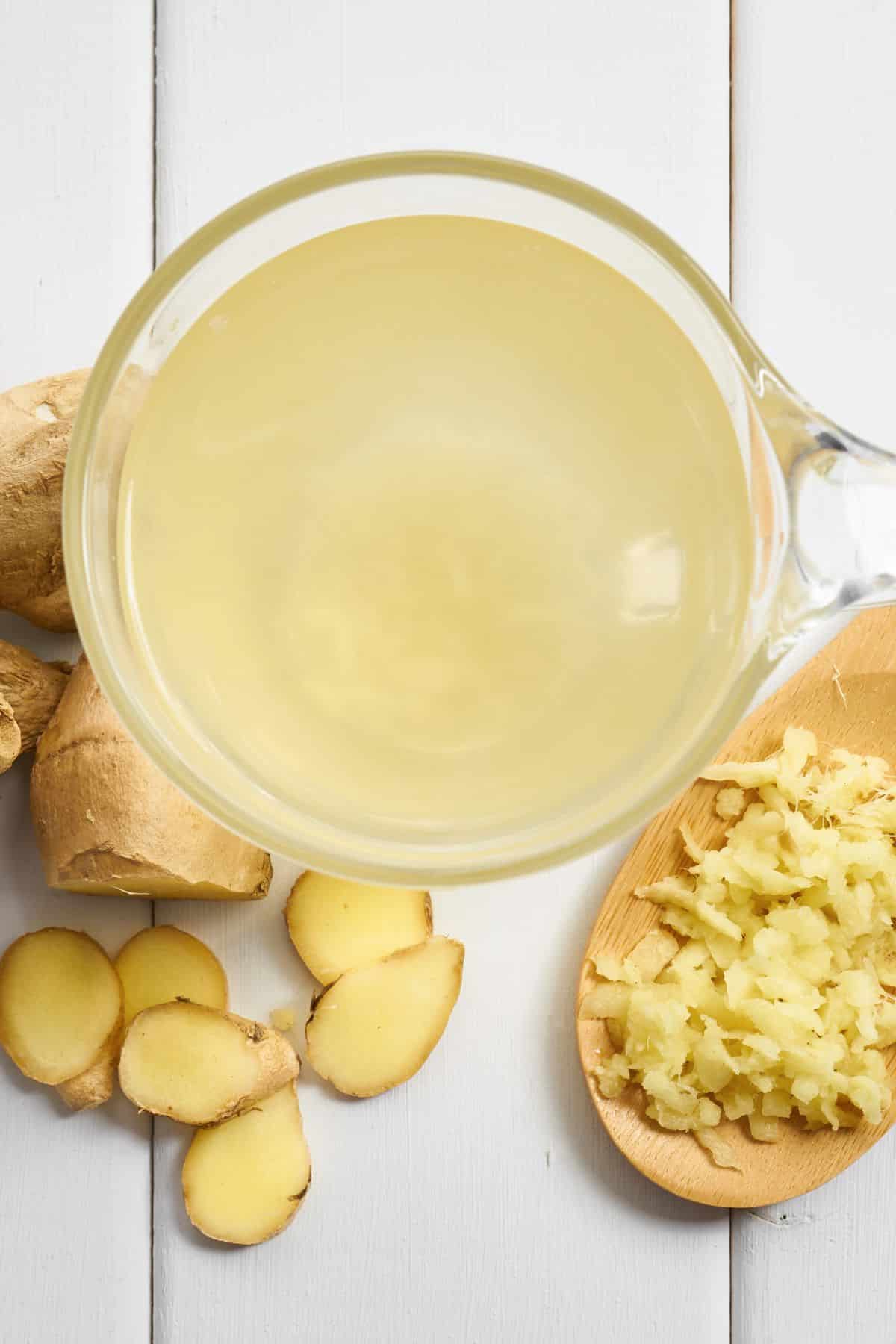
Ginger juice is a liquid made from pressing fresh raw ginger and then straining it.
The flavor will be similar to that of ginger paste, but with a slightly more intense spice level. You may want to reduce the amount of ginger juice slightly in order to avoid overpowering other flavors in your dish.
To substitute one teaspoon of ginger paste, use one teaspoon of ginger juice.
4. Candied ginger or crystalized ginger
Candied or crystalized ginger is fresh ginger that has been boiled in a sugar syrup and then dried.
It can be used as a substitution for ginger paste, but you may need to adjust the other flavors in your recipe since candied ginger will add a sweet element to the dish. The flavor will be similar to ginger paste, but with a sweet note.
To substitute one teaspoon of ginger paste, use two tablespoons of candied or crystalized ginger.
5. Galangal
Galangal is a type of ginger root that is related to turmeric.
It’s used a lot in Southeast Asian cooking. It has an intense earthy, pungent flavor with a hint of citrus and you may want to use less when substituting it and adjust to taste.
It is not as creamy as ginger paste but can still be used for many recipes.
To substitute one teaspoon of ginger paste, use one teaspoon of galangal.
6. Lemongrass
Lemongrass is a herb that has a very similar flavor and aroma to ginger paste.
The flavor will not be as strong as ginger paste, but still has a citrusy taste and a slightly spicy kick. It can be used in both sweet and savory dishes, adding a unique twist to traditional recipes.
To ensure that your dish is not overpowered by the lemongrass flavor, consider reducing the amount of any other strongly flavored spices or herbs in the recipe.
To substitute one teaspoon of ginger paste, use one teaspoon of lemongrass.
7. Turmeric
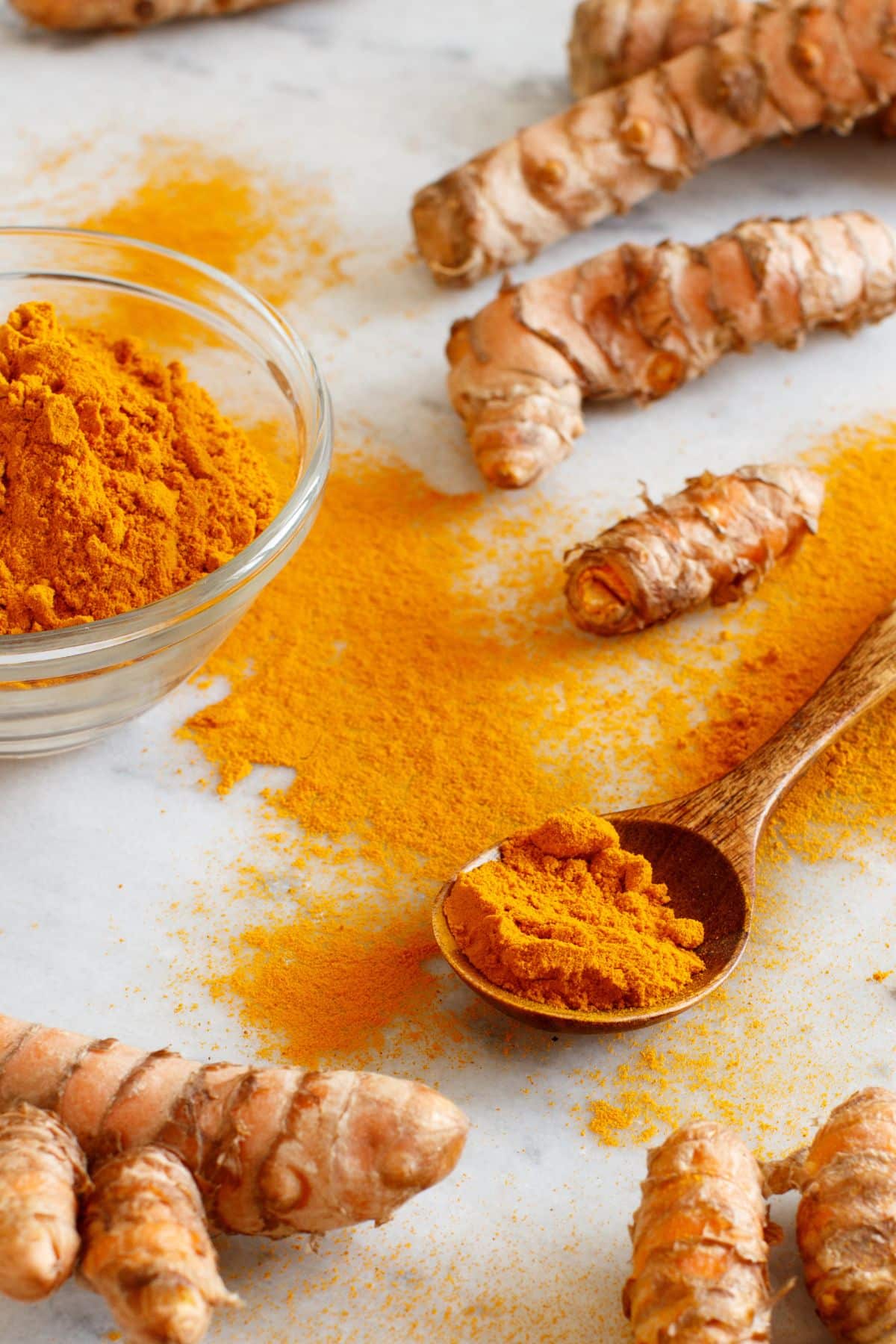
Turmeric is a root that has a mild, earthy flavor. The flavor will be less intense than ginger paste but still has a mild earthiness.
Turmeric is best used in dishes that are not too spicy as its flavor can easily be overwhelmed. It can also add a nice color to your dish, making it an attractive addition.
To substitute one teaspoon of ginger paste, use two teaspoons of turmeric.
8. Orange zest
Orange zest is finely grated peel from an orange, which adds a bright citrus flavor to dishes.
The flavor will not be as intense as ginger paste, but will still add a nice citrusy note to the dish. It is best used in dishes that already have strong flavors, such as curries or stir-fries, to balance out the other spices and make them more complex.
To substitute one teaspoon of ginger paste, use one teaspoon of orange zest.
9. Lemon zest
Lemon zest is the thinly-grated outer layer of a lemon’s skin. It is used to provide flavor and aroma in both sweet and savory dishes.
Lemon zest provides a more delicate flavor than ginger paste, and is best used in lighter dishes such as salads, soups, and baked goods. It can also be used to make a bright citrusy vinaigrette or marinade.
To substitute one teaspoon of ginger paste, use one teaspoon of lemon zest.
Summary Comparison of Ginger Paste Substitutes
Here’s a chart summarizing the best substitutes for ginger paste, including their respective pros and cons:
| Substitute | Pros | Cons |
|---|---|---|
| Fresh Ginger | More intense and fresh flavor; widely available. | Spicier, may need to adjust the quantity to balance flavor. |
| Ground Ginger | Easy to store and use; milder flavor. | Less intense than fresh or paste, may require quantity adjustment. |
| Ginger Juice | Similar flavor to paste, easy to incorporate. | Intense spice level; adjust quantity to avoid overpowering. |
| Candied/Crystallized Ginger | Adds a unique sweet flavor to dishes. | Additional sweetness may alter desired flavor profiles. |
| Galangal | Intense, earthy flavor with a hint of citrus. | Not as creamy; flavor might be too intense for some dishes. |
| Lemongrass | Citrusy and slightly spicy, similar to ginger. | Milder than ginger paste; may need to adjust other spices. |
| Turmeric | Adds color and mild earthiness to dishes. | Less intense, flavor can be overwhelmed in spicy dishes. |
| Orange Zest | Adds a bright citrus flavor. | Citrus flavor not as intense as ginger, better for strong dishes. |
| Lemon Zest | Provides a delicate citrus flavor. | More subtle than ginger paste, best in lighter dishes. |
Don’t Miss These Articles on Substituting Ingredients
Conclusions
There are numerous substitutes for ginger paste that provide a similar flavor to the original ingredient. Each one of these substitutes has its own unique flavor that can add an extra layer of complexity and depth to your dish, so experiment and find the right one for you!
Don’t forget to join my newsletter list to get exclusive clean eating recipes and tips. The newsletter is 100% free with no spam; unsubscribe anytime.
About the Author: Carrie Forrest has a master’s degree in public health with a specialty in nutrition and is a certified holistic nutritionist. She is a top wellness and food blogger with over 5 million annual visitors to her site. Carrie has an incredible story of recovery from chronic illness and is passionate about helping other women transform their health. Send her a message through her contact form.


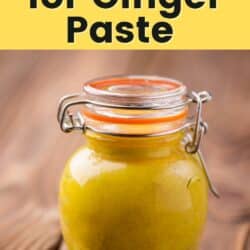
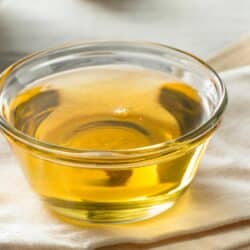

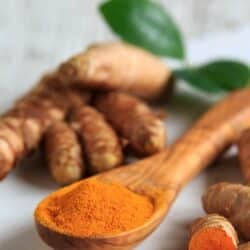
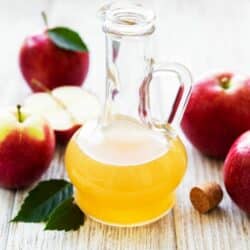


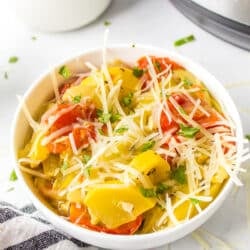


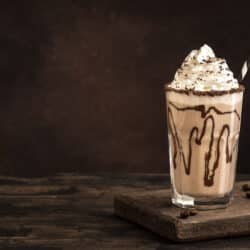








Hi. Can you freeze ginger root? Maybe after you grate or chop it? Ive made ginger/garlic paste and frozen that. Wondering about the ginger by itself
yes you can! It’s best to peel it first and then you can just use it frozen in the future.